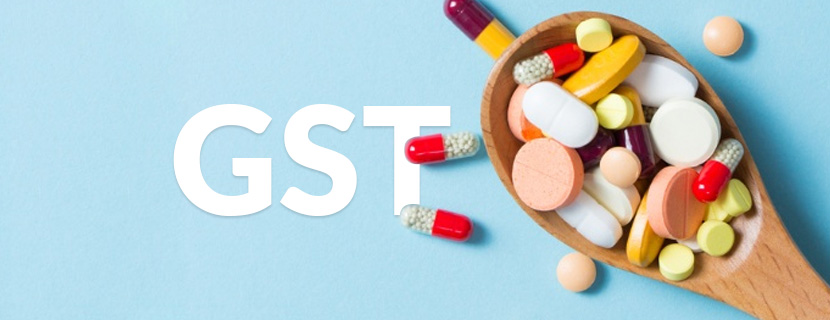These days, Indian pharmaceutical industry is witnessing tough market competition which is further getting more intense day by day. And as physicians are the most important target audience, PCD pharmaceutical companies keep on trying new marketing strategies in order to reach more physicians. Government laws and regulations have also been evolved over last some years which make the companies come up with more convincing techniques.
However there are many tactics that PCD pharmaceutical companies use, they can be broadly classified into two categories. Read further to know more.
Traditional techniques
Free drug samples: You might be aware of this sort of marketing where pharmaceutical companies provide free drug samples to the physicians. Actually, physicians also love to have them unless their medical network bans free samples. Our pharmaceutical industry finds free samples as the most effective and strongest marketing tool and spends billions annually for the same. Well, it’s also witnessed that free drug samples often encourage doctors to prescribe new and expensive drugs even if they already have an inexpensive brand option on hands.
Complimentary benefits: Doctors often find it fascinating to receive complimentary benefits from pharmaceutical companies. Such benefits include gifts like meals, air tickets, books, speaking fees, etc. There are many state governments who have banned such practices which clearly state that marketing in pharmaceutical industry has become a tough game.
Help of influencers: Many Indian pharma companies consider this one of the best indirect strategies to target the physicians. They develop professional relationships with the key influencers (opinion leaders or thought leaders of the sector) who then, influence the physicians to prescribe their medicines.
Modern techniques
Mobile technology: Doctors are one of the earliest adopters of mobile technology. With almost all the healthcare professionals already married to their favorite electronic gadgets (or smartphones), a smartphone or a tablet app has become the latest marketing technique for many pharmaceutical companies.
Social media: You might think how but yes, it’s true! Social media platforms like Facebook, Twitter and LinkedIn are hottest among PCD pharmaceutical companies to reach more and more number of healthcare professionals. They consider this an opportunity to make the largest network to connect to the physician community.
Today, the scenario is that traditional techniques are fading and have not remained much effective. On other hand, both- patients and doctors are getting more inclined towards technology, making modern techniques more effective.
To stay abreast with pharmaceutical industry, keep watching this space.
Source:



